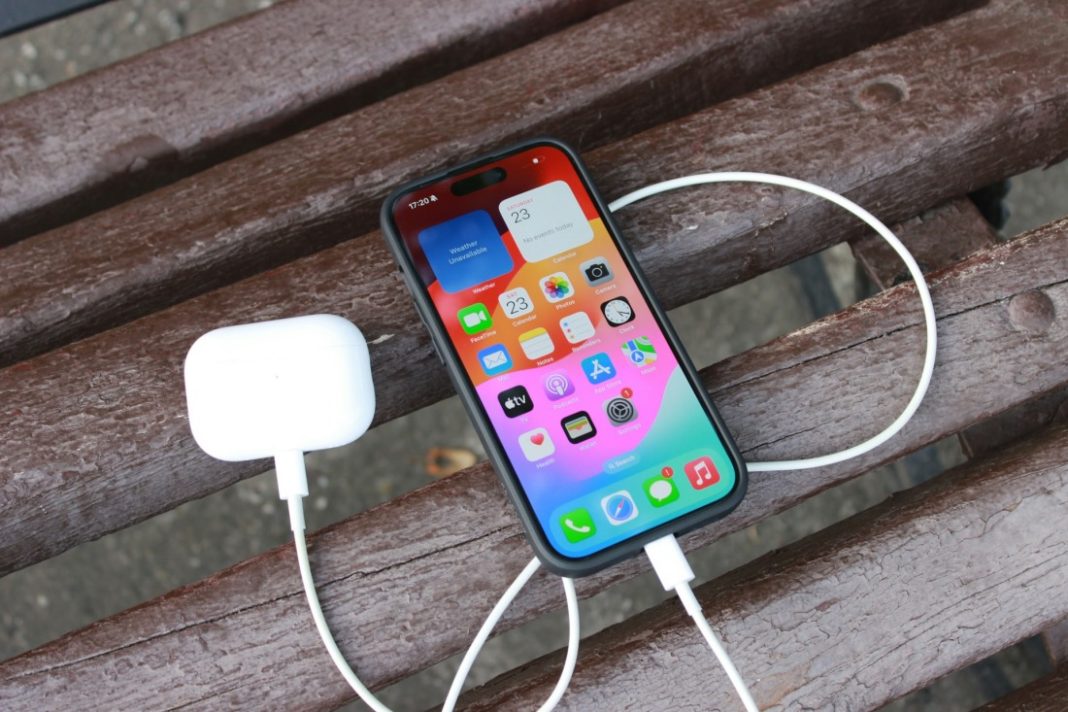In today’s digital age, our smartphones are not just communication devices but vaults holding our most personal information. The theft of a smartphone can lead to not just a loss of the device but also a significant breach of personal data. Recognizing this growing concern, Apple has introduced a new feature in its iOS update: Stolen Device Protection. This article delves into how this feature works, its importance, and how to activate it.
Understanding the Need for Stolen Device Protection
Smartphones, particularly iPhones, are a hot target for thieves due to their high resale value and the wealth of personal information they contain. Instances of phone thefts are increasing globally, with criminals employing various tactics to steal phones and exploit the data within. The new iOS 17.3 update from Apple comes as a response to these growing security concerns, offering a feature designed to outsmart thieves and protect users’ data.
How Stolen Device Protection Works
The Stolen Device Protection feature adds a robust layer of security to iPhones, focusing on biometric authentication over passcodes. Here’s how it functions:
- Location-Based Security: The feature tracks “familiar locations,” like your home or workplace. When the device is used in an unfamiliar location, it requires additional biometric verification for certain actions.
- Biometric Over Passcode: Instead of relying solely on passcodes, which can be observed or forcibly taken, Stolen Device Protection emphasizes Face ID or Touch ID. This change makes it significantly more challenging for a thief to access the phone.
- Critical Actions Security: Actions like resetting the phone, changing Apple ID settings, or accessing saved passwords trigger the need for biometric authentication. Additionally, a security delay is implemented, requiring the user to wait and authenticate again after an hour, enhancing security further.
- No Compromise on Convenience: When the device is in a familiar location, these additional security measures are not required, maintaining user convenience.
Activating Stolen Device Protection
Activating this feature is straightforward, but it requires that certain settings are already in place:
- Ensure two-factor authentication and Find My device are enabled for your Apple ID.
- Update your iPhone to iOS 17.3.
- Go to Settings > Face ID & Passcode or Touch ID & Passcode.
- Enter your passcode and scroll to find Stolen Device Protection.
- Enable the feature.
Applicable Devices
Stolen Device Protection is available on iPhone XS and later models, including the second and third-generation SE models. This ensures that a vast majority of recent iPhone users can benefit from this enhanced security feature.
In Conclusion
The introduction of Stolen Device Protection by Apple is a significant step in combating the increasing threat of smartphone theft and data breach. By prioritizing biometric security and location-based authentication, Apple is setting a new standard in smartphone security. Users are encouraged to activate this feature and stay updated with the latest security measures to protect their digital lives.







